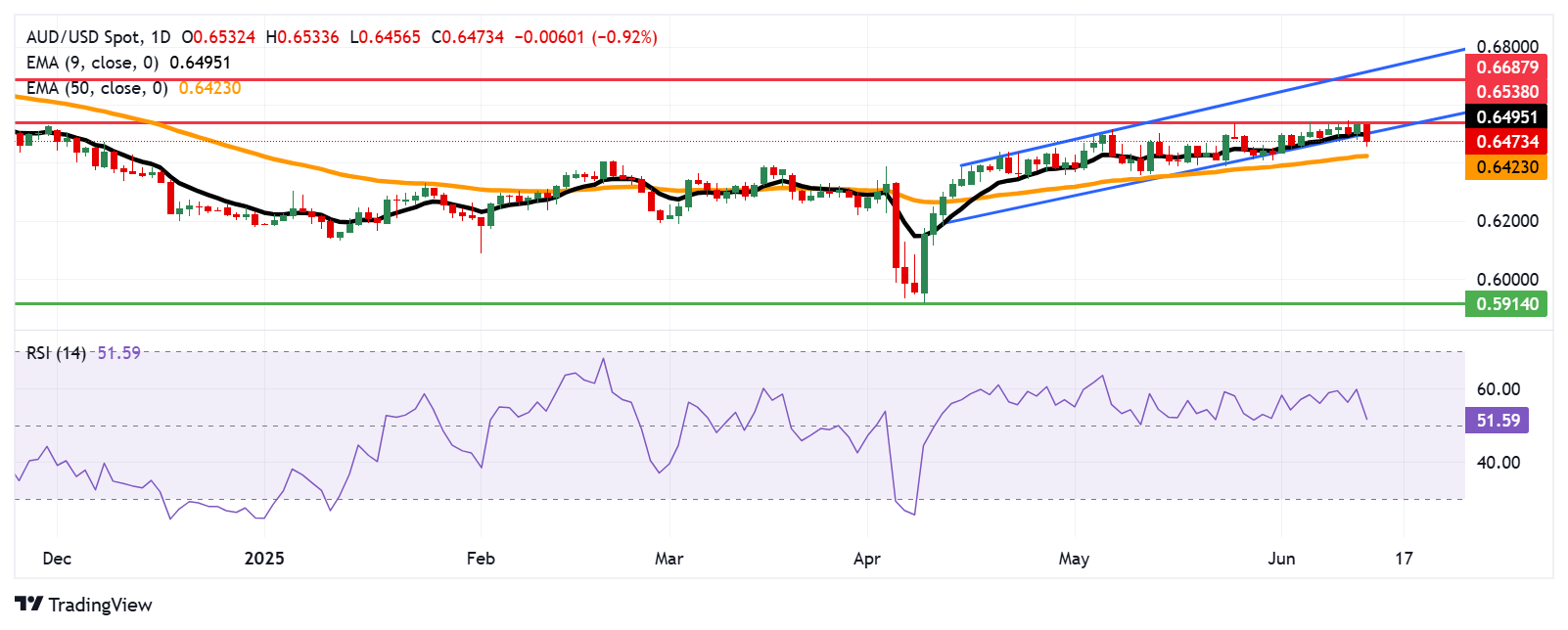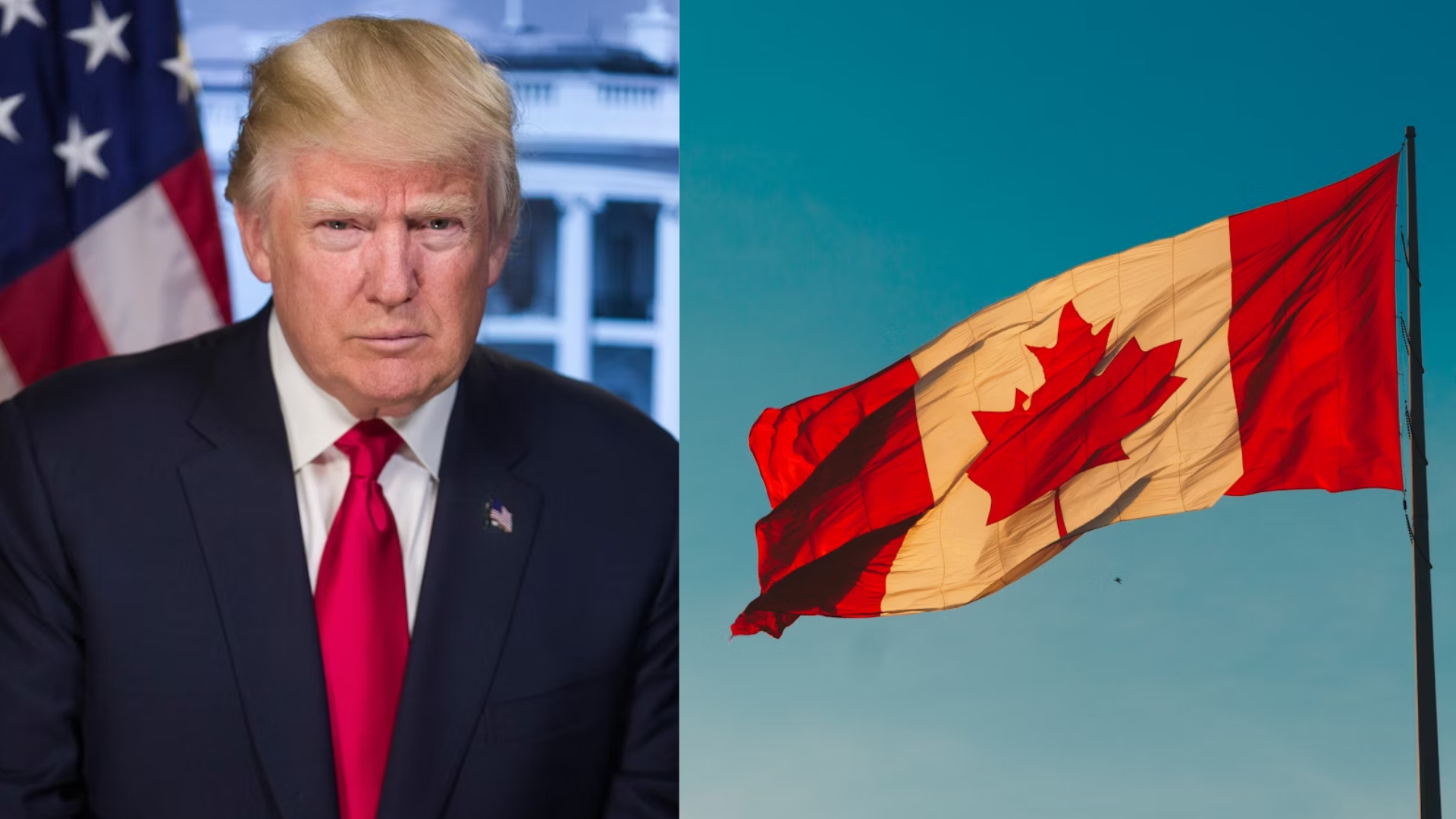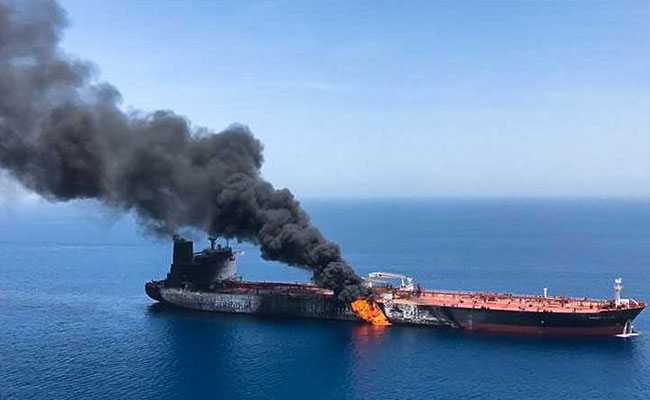Hold onto your hats! If you own any Australian Dollars or are just keeping an eye on global money markets, Friday delivered a shockwave. The “Aussie” Dollar just plunged over 1% against the US Dollar, and it’s not just a blip. We’re talking about a cocktail of terrifying global headlines and economic surprises that hit Australia’s currency like a ton of bricks. What’s really going on, and why does it matter to you?
Australian Dollar Plunges as Global Fears Send Investors Running for Safety!
The biggest driver of today’s Aussie pain? A sudden explosion of fear and uncertainty. News hit that Israel launched a preemptive attack on dozens of sites across Iran, with military officials calling Iran’s nuclear program an “existential threat.” This isn’t just a skirmish; it’s a massive escalation that immediately sent shivers through financial markets worldwide. When things get scary, investors dump “risky” currencies like the Australian Dollar – which is often seen as a bellwether for global growth because of Australia’s massive exports to China – and rush into “safe havens” like the US Dollar.
Adding fuel to the fire, US President Donald Trump just expanded his steel tariffs, slapping even more duties on household appliances and other “steel derivative products” imported into the US. This is the second time he’s widened the net since March, doubling some tariffs to a whopping 50%! What does this mean? More global trade wars, more uncertainty, and less confidence for economies that rely on smooth international business – like Australia.
Even US economic data couldn’t save the Aussie. While the latest US Producer Price Index (PPI) actually rose less than expected (0.1% month-over-month), that still wasn’t enough to calm nerves. Plus, President Trump’s boast on Truth Social about a “done” trade deal with China (giving the US a whopping 55% tariffs vs. China’s 10%) has everyone scratching their heads. Oh, and get this: China’s fighting back, reportedly only granting six-month rare-earth export licenses to US automakers, hinting at major leverage in future talks over critical minerals! This isn’t just about steel; it’s about control over vital resources, and it spells trouble for global supply chains.
The Aussie is caught in a perfect storm. As tensions soar and trade wars brew, the US Dollar Index (DXY) – which measures the Greenback against a basket of currencies – is suddenly roaring back, recovering losses and trading higher. When the US Dollar looks strong because everyone’s running to it for safety, currencies like the Australian Dollar often take a hit.
Australian Dollar Taking a Nosedive: Where Could It Land Next?

For those who love to peek at the charts, the Australian Dollar (AUD) versus the US Dollar (USD) pair is currently hovering around 0.6460. The technical signs aren’t looking great for the Aussie. It just broke below the bottom line of its recent upward trend, which is a big warning sign for bullish investors.
What’s more, the Aussie is now trading below its nine-day Exponential Moving Average (EMA). In plain language, this means the short-term energy pushing its price up is fading fast.
So, where could it go?
- On the downside, watch out for a further test of the 50-day EMA, sitting around 0.6423. If it breaks that, things could get even tougher.
- To recover, the Aussie needs to climb back above the nine-day EMA at 0.6495, and then conquer the recent seven-month high of 0.6538. If it somehow powers past that, we might see it aim for the eight-month high around 0.6687.
Why These Global Shocks Hit Australia So Hard:
Australia’s economy is deeply connected to global trade and commodity prices.
- China: As Australia’s biggest trading partner, any wobbles in China’s economy or souring trade relations with the US directly impact demand for Australia’s exports and, thus, the Aussie Dollar.
- Iron Ore: Australia is a massive exporter of Iron Ore. When global tensions rise and manufacturing slows due to trade wars, demand for commodities like iron ore can drop, hurting Australia’s income and its currency.
- Risk Sentiment: The Australian Dollar is considered a “risk-on” currency. When investors are feeling optimistic, they buy it. When fear grips the markets, they sell it and flock to “safe-haven” currencies like the US Dollar.
This isn’t just about abstract numbers; it’s about how global events can directly impact your financial world. Keep a close eye on the news, because in this volatile market, knowing what’s coming next could be the difference between profit and peril!
















